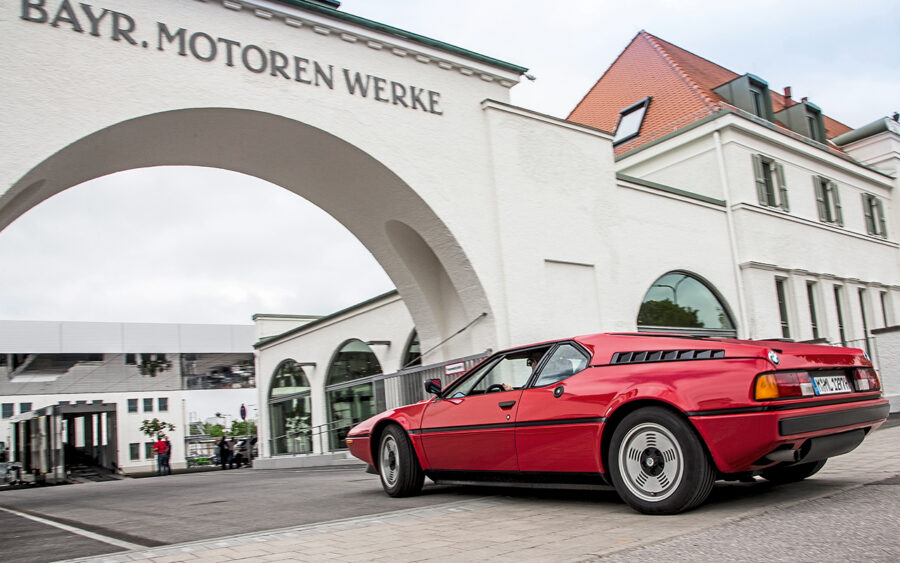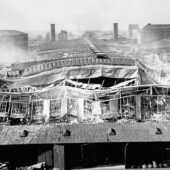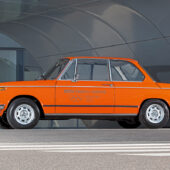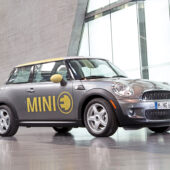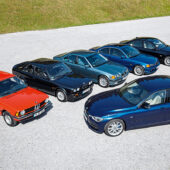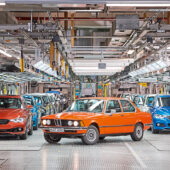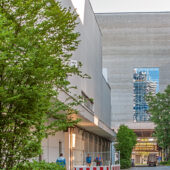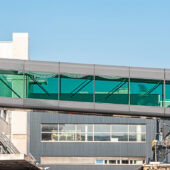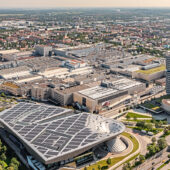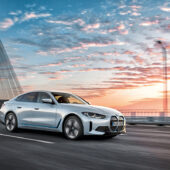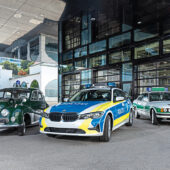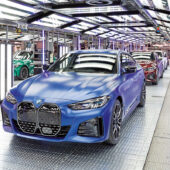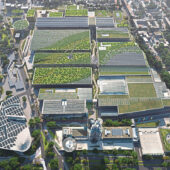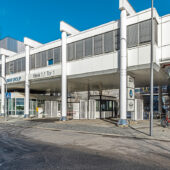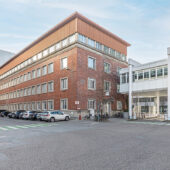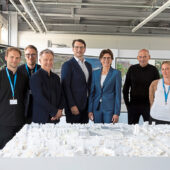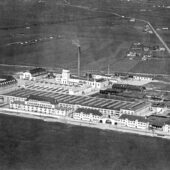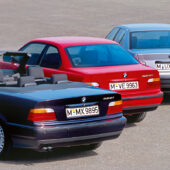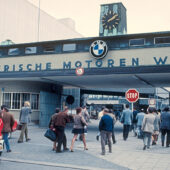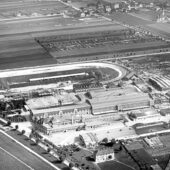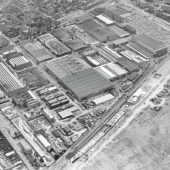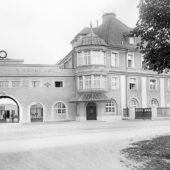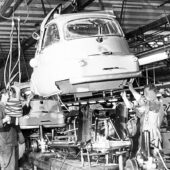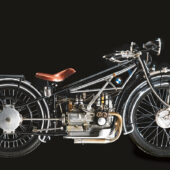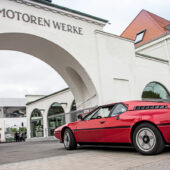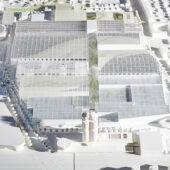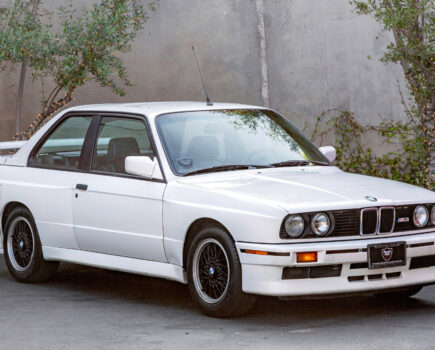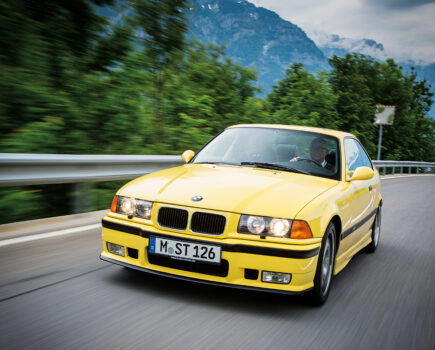BMW has been building cars at its famed Munich plant for over 100 years. Here’s the full story
Words: Simon Jackson Images: BMW
Products stamped with ‘Bayerische Motoren Werke’ have been born at the site in Munich’s Milbertshofen district since 1922, since then BMW’s most iconic models have rolled off the production lines – ranging from the Isetta to 3 Series and M3. In recent times the place has been transformed into what BMW calls its ‘iFactory’, by next year half of what it produces will be battery electric vehicles.
In the beginning, aircraft engines and motorcycles were the order of the day. Just prior to the second world war, the Munich facility celebrated the creation of its 100,000 BMW motorcycle. But between those dark years of 1938 and 1945 production of both bikes and planes continued, now staffed by forced labour. Come the end of the war most of the buildings were either completed destroyed or beyond use. Occupied by American troops, the plant was quickly brought back to life tasked with the repair of US army vehicles, a permit to restart production of motorcycles and agricultural vehicles soon followed.
In 1952 the first cars are built. The 501 is based heavily on the pre-war 326, perhaps a natural combination of its past, the Isetta ‘motorcoupe’ arrives in 1955 built under license from ISO in Milan, securing the future of the plant. The Neue Klasse – the BMW 1500 – enters production in 1962 and within three years some 100,000 have been built. At the end of the 1960s motorcycle production ends after 46-years, leaving Munich dedicated to building cars.
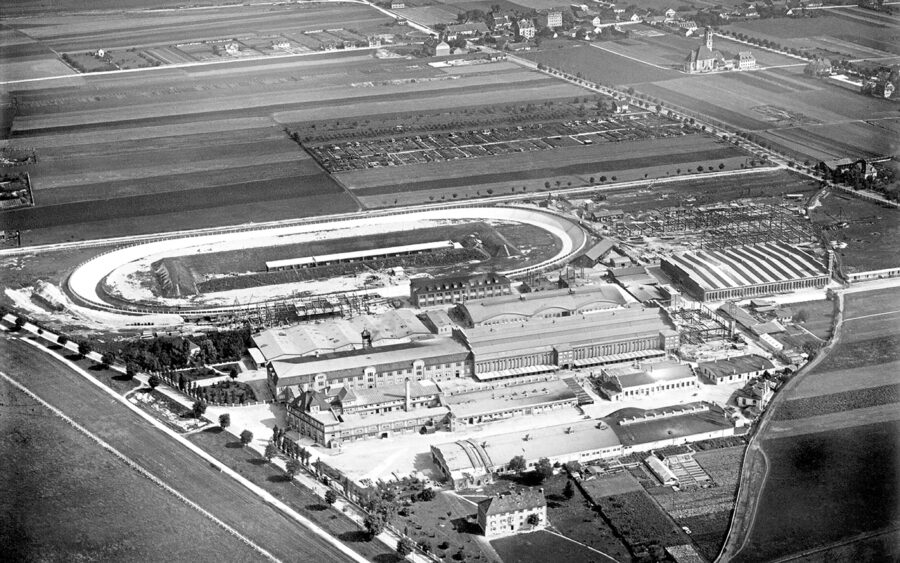
Aerial shot of the facility in the 1930s
In 1975 the 3 Series arrives, the plant is reconfigured for the job at hand, and two-years later it is building the engines for the entire BMW range – 3 Series included. In November 1978, the 500,000th 3 Series leaves the premises. Towards the end of the 1970s things change pretty drastically, old buildings are converted, new ones are constructed and the site’s South Gate on Dostlerstrasse – built in 1934 – is torn down. This lays the groundwork for even larger alterations, in 1981 Building 11, the original structure built in 1913, makes way for further development work.
During the 1990s production is heavily automated, partly to meet demand, partly as a consideration for the plant’s location right in the centre of the Munich neighbourhood. In 2000 a new engine storage facility, IMOLA, arrives. The sophisticated engine logistics setup streamlines engine production for the brand. Just four years later, the plane celebrates the building of its 7-millionth car, make that its 8-millionth by summer 2009. The 2010s see a continual evolution of cars and machinery, in 2014 all-electric trucks begin supplying parts. In 2016, the 10-millionth BMW built on the Munich assembly lines is celebrated. One year later a new paint shop is opened, the state-of-the-art facility is one of the finest in the industry. At the end of the decade comes a new direction. In 2019 the plan produced its highest output yet, some 230,000 cars were built in the calendar year, and following that comes the start of another reinvention – this time tooling for i4 production with an investment of 200 million euros.
For 2020 engine production is relocated to sites in Austria and the UK, Munich is set to become the home of electrified BMWs and an ambitious schedule launches set to turn the facility on its head within two years. The old paint shop is replaced by a new bodyshop while two new buildings are constructed to enable series production of a completely new electric vehicle from 2026. With the plan realised, by 2021 five different models are built in Munich, propelled by a mixture of internal combustion, plug-in hybrid and all-electric power units. That brings us full circle, when next month the workforce will celebrate the plant’s 100th anniversary with a special two-day party with members of their family.

Isetta production started in spring 1955 and largely saved the plant from failure.
“Our roots are in Munich. This plant is our origin. And our future,” said Milan Nedeljković, Member of the Board of Management for Production at BMW AG: “It’s a high-tech production site. Around 900 top-quality BMWs leave this plant every day. Five different models with all types of drive. This proves the high flexibility, but also the vast breadth of experience and skills of the people who work here. They are the driving force behind everything that happens here.”
At an event to mark the anniversary, CEO Oliver Zipse said: “Our home plant – right in the heart of the metropolis that is Munich – has defied the elements of time. Because there have always been people who kept this site moving, always with the right instinct for the times and, above all, with a clear view to the future.”
In its 100th anniversary year, the Munich plant is demonstrating the leading role it plays in the age of electromobility. The all-electric i4 already makes up a quarter of the production volume – and rising: “The demand among our customers for the new i4 is enormous – so we’re ramping up production even further. Next year already, every second vehicle leaving the Munich plant will be fully electric. Going by current plans, that means more than 100,000 i4s from the heart of Munich for customers all over the world,” announced Zipse, Nedeljković added: “This means that, by 2023, our home plant will already have achieved the BMW Group’s global goal for 2030, namely to increase our proportion of BEVs to 50 percent”.
Innovation has sat at the centre of the Munich site’s philosophy, it has produced the first series of the fully electric MINI E, the iconic Z8, and the electric special edition of the 1602 for the Summer Olympics of 1972. Not to mention Project i, culminating in the revolutionary BMW i3, which also originated at the plant. The transformation into an ‘iFactory’ is designed to make it ‘lean’, ‘green’ and ‘digital’. BMW says that together, the principles ensure that this special site – BMW Group’s century-old plant – will have ‘maximum flexibility, excellent processes and outstanding integration capacities over the coming decades’. BMW and its Munich plant are seemingly inseparable.
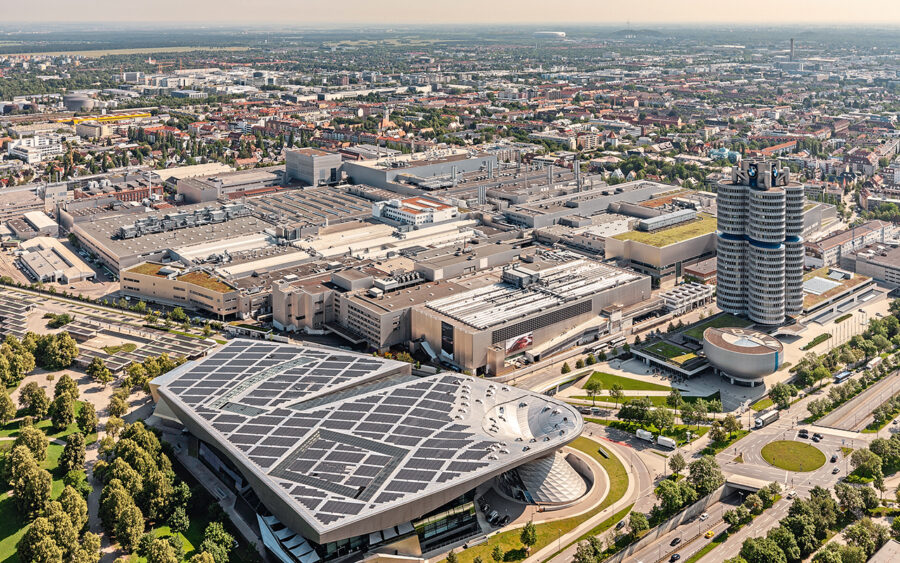
Plant Munich in 2019
Plant Munich milestone
1922
Munich site becomes the home of BMW.
1923
R 32, BMW’s first motorcycle, is produced.
1934
First large radial aircraft engine is built.
1940
BMW 801 double-radial engine is developed and built.
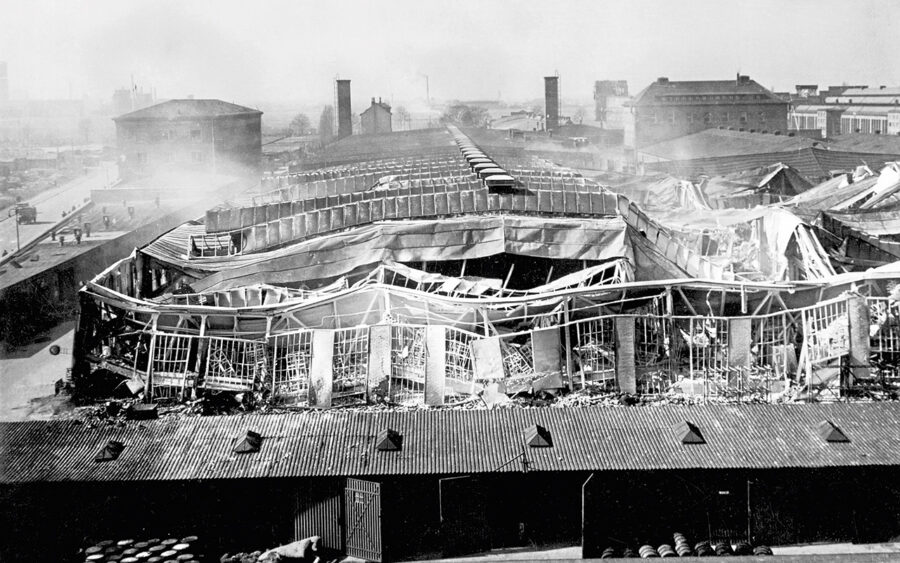
Many of the plant’s buildings were destroyed during the Second World War
1945
US troops occupy Milbertshofen plant.
1948
R 24 single-cylinder motorcycle arrives limited by the Allies to 250cc.
1952
The first cars are built, the BMW 501 is an evolution of the 326.
1955
Isetta production starts in April 1955.
1962
The BMW 1500 ‘Neue Klasse’ goes into production.
1975
Munich plant is reconfigured for the first 3 Series.
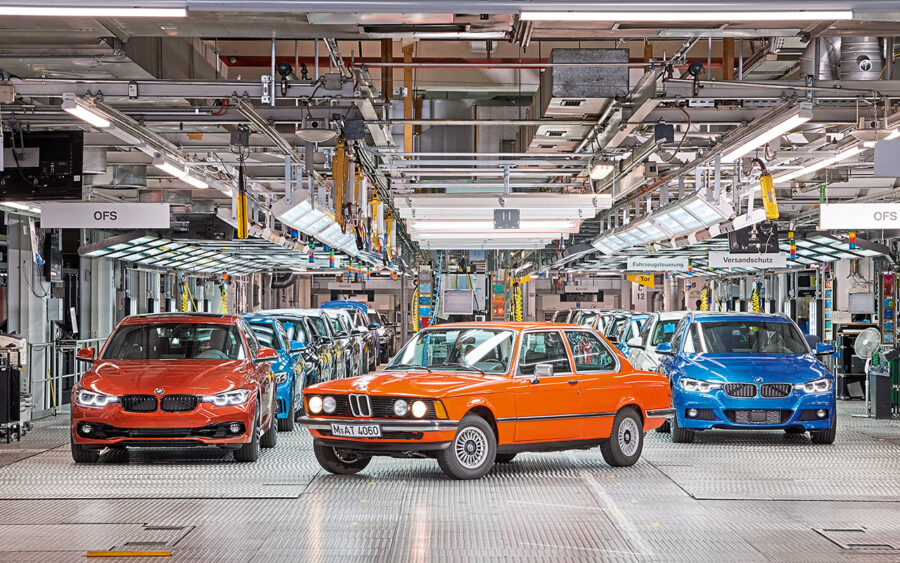
The Munich plant has been home to 3 Series production since 1975
1979
South Gate built in 1934 is torn down.
1981
The original building, 11, makes way for change.
2000
IMOLA engine storage concept implemented.
2015
Foundation stone for next paint shop is laid.
2019
Buildings and. facilities are prepared for the arrival of the i4.
2020
Engine operations moved, new facility is built for electrified vehicles.
2022
Plant Munich celebrates its 100th anniversary.

